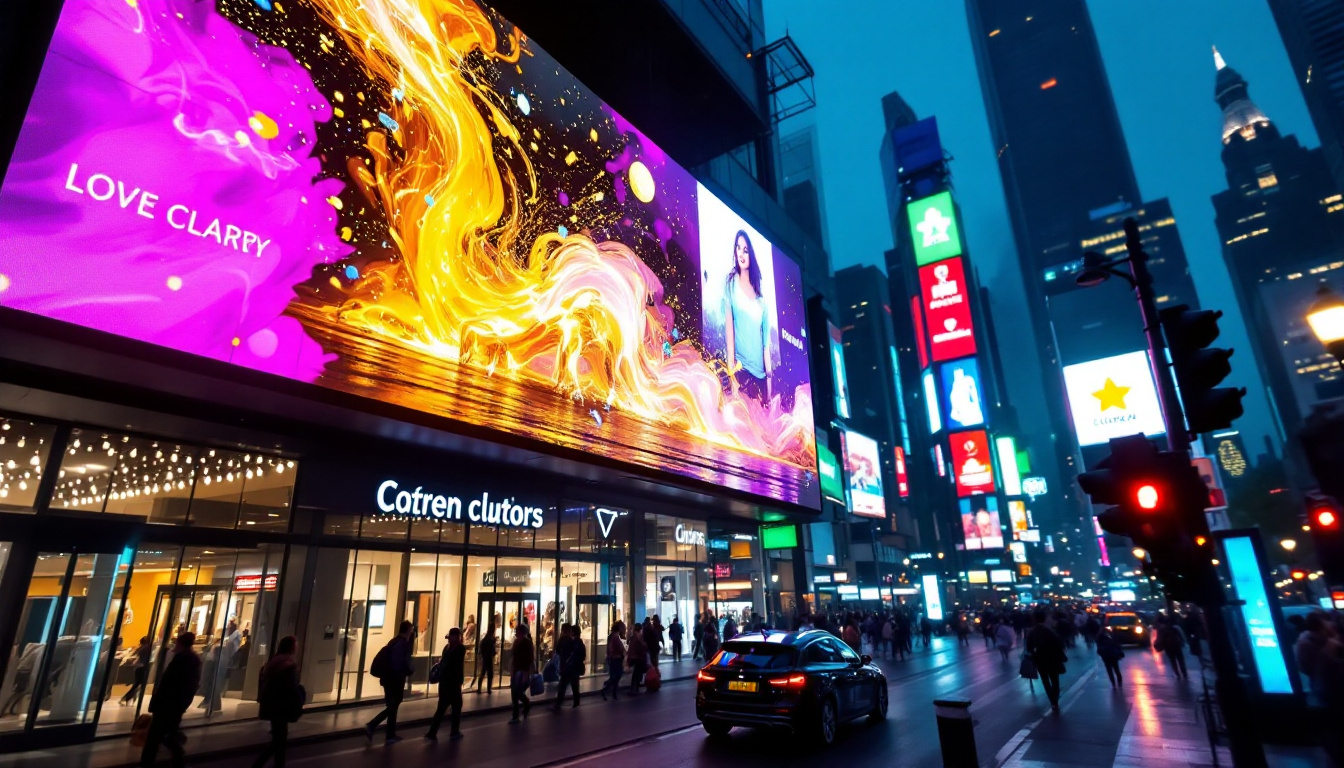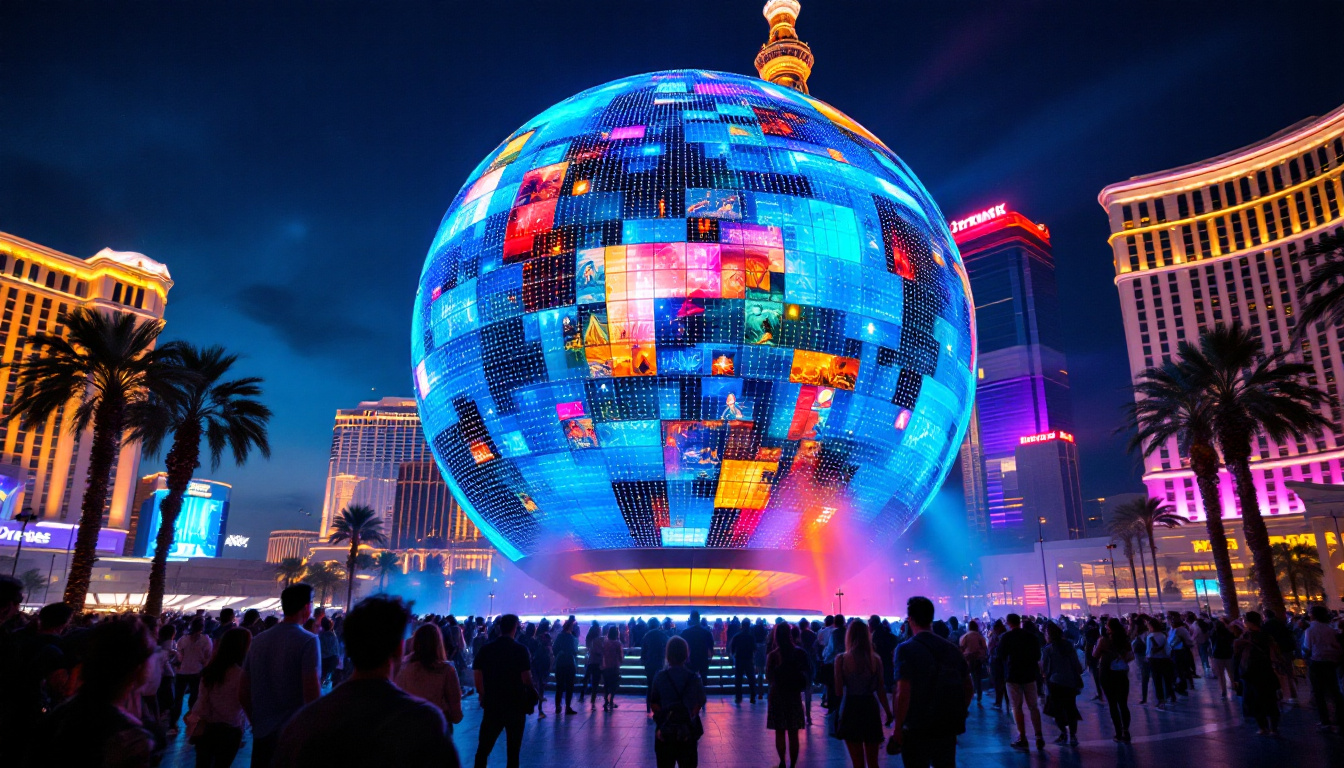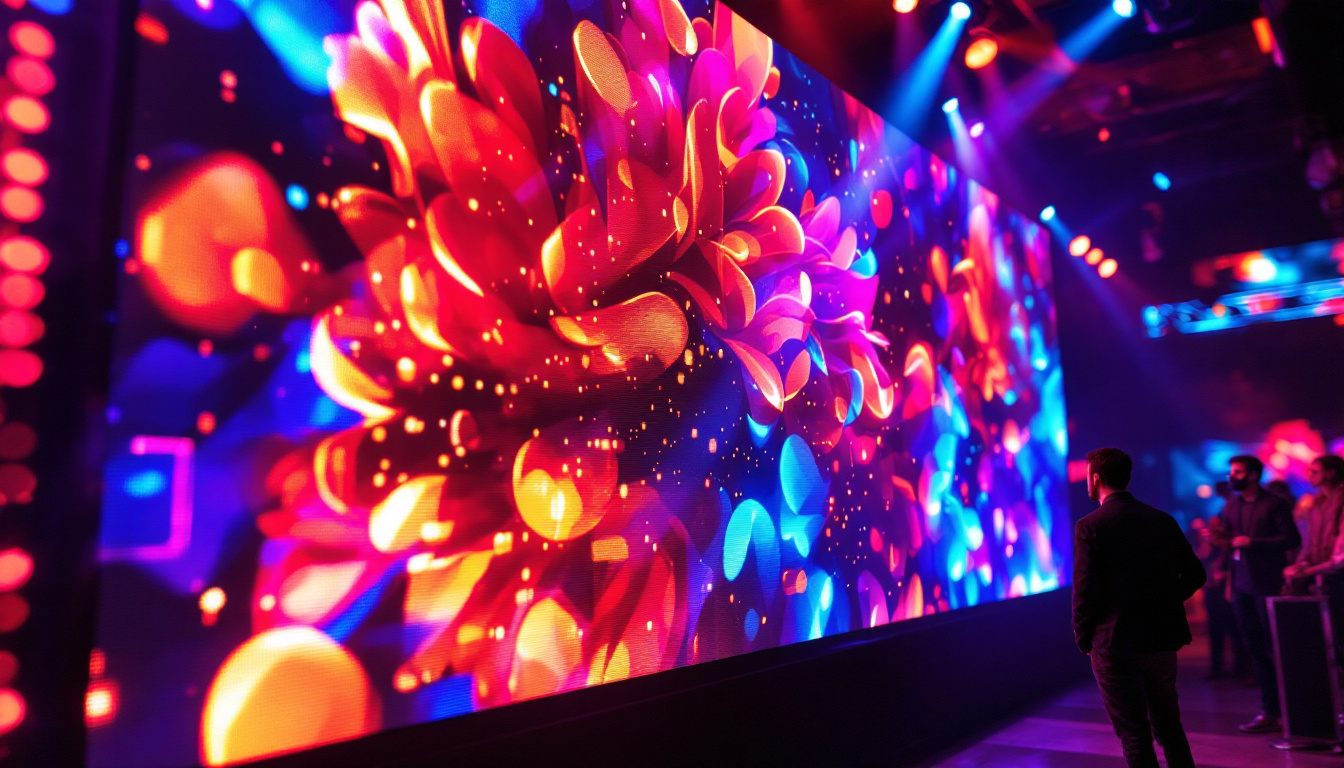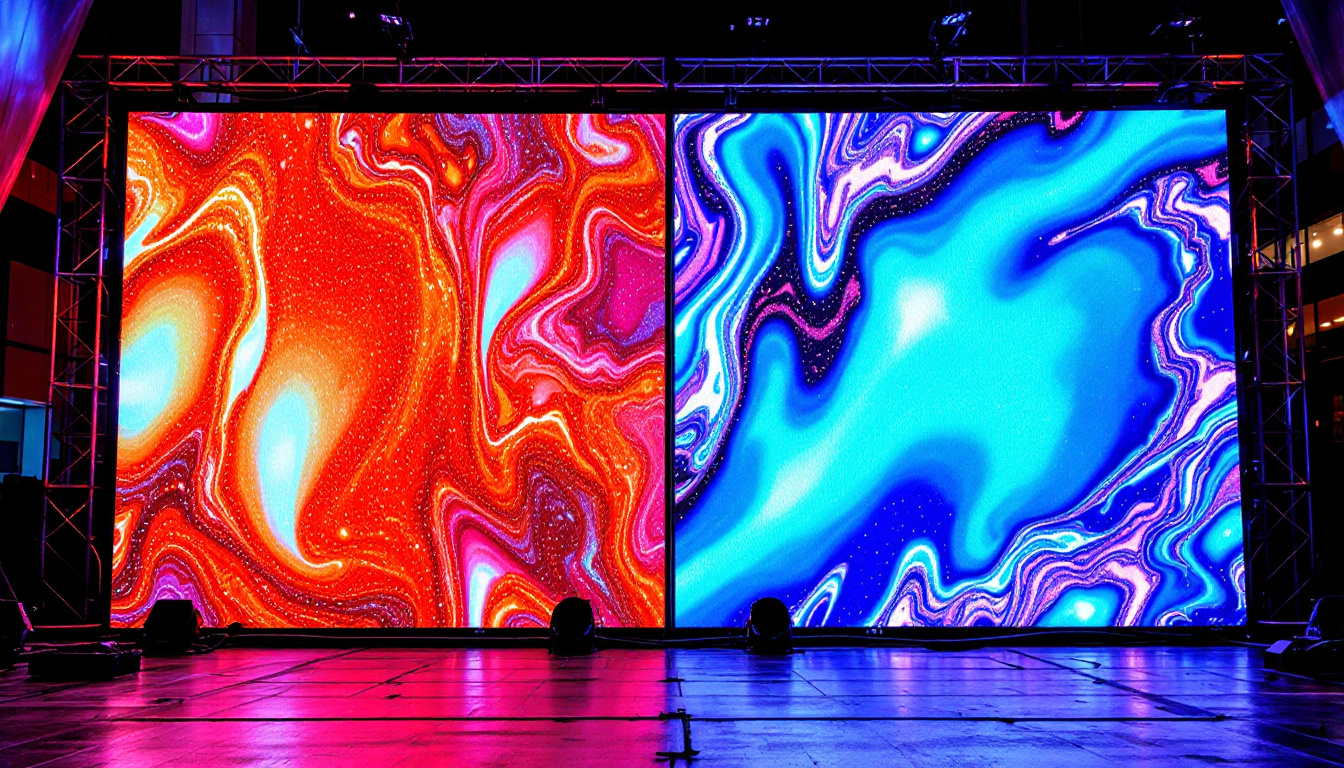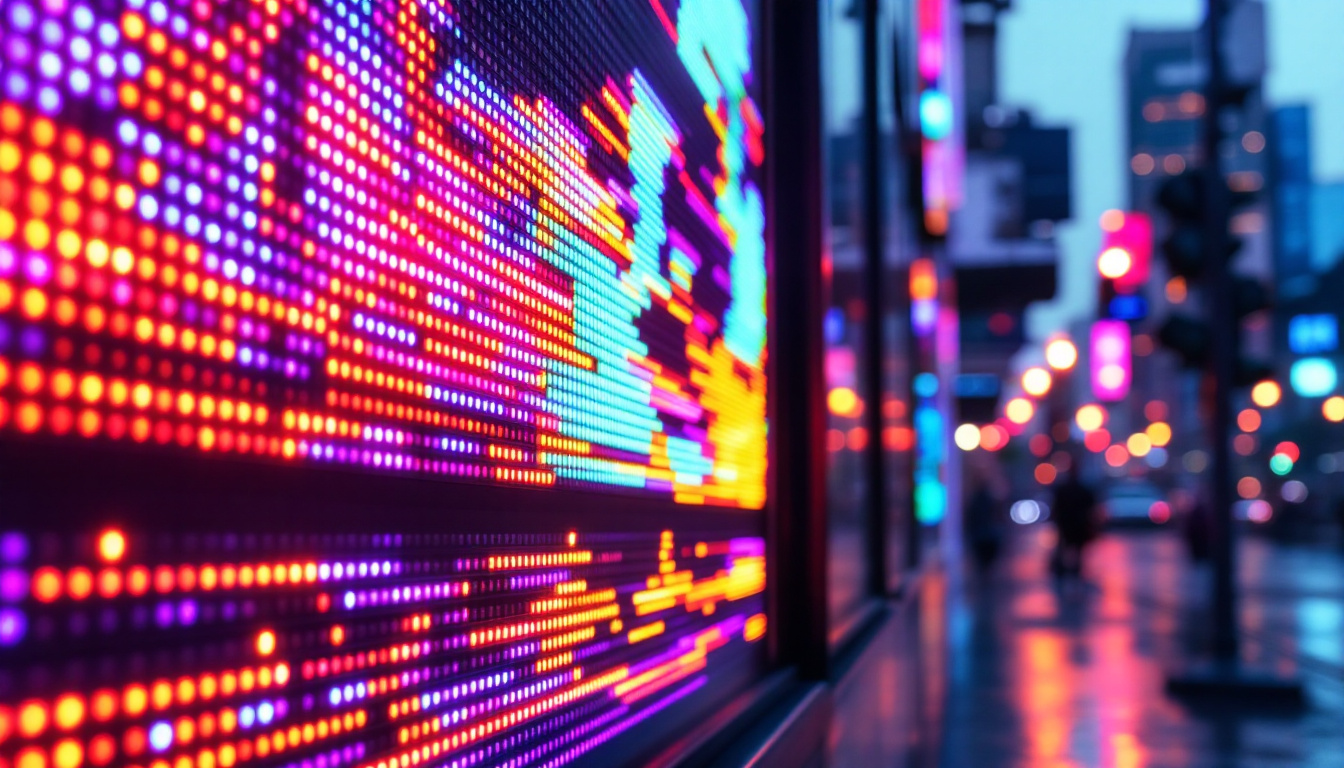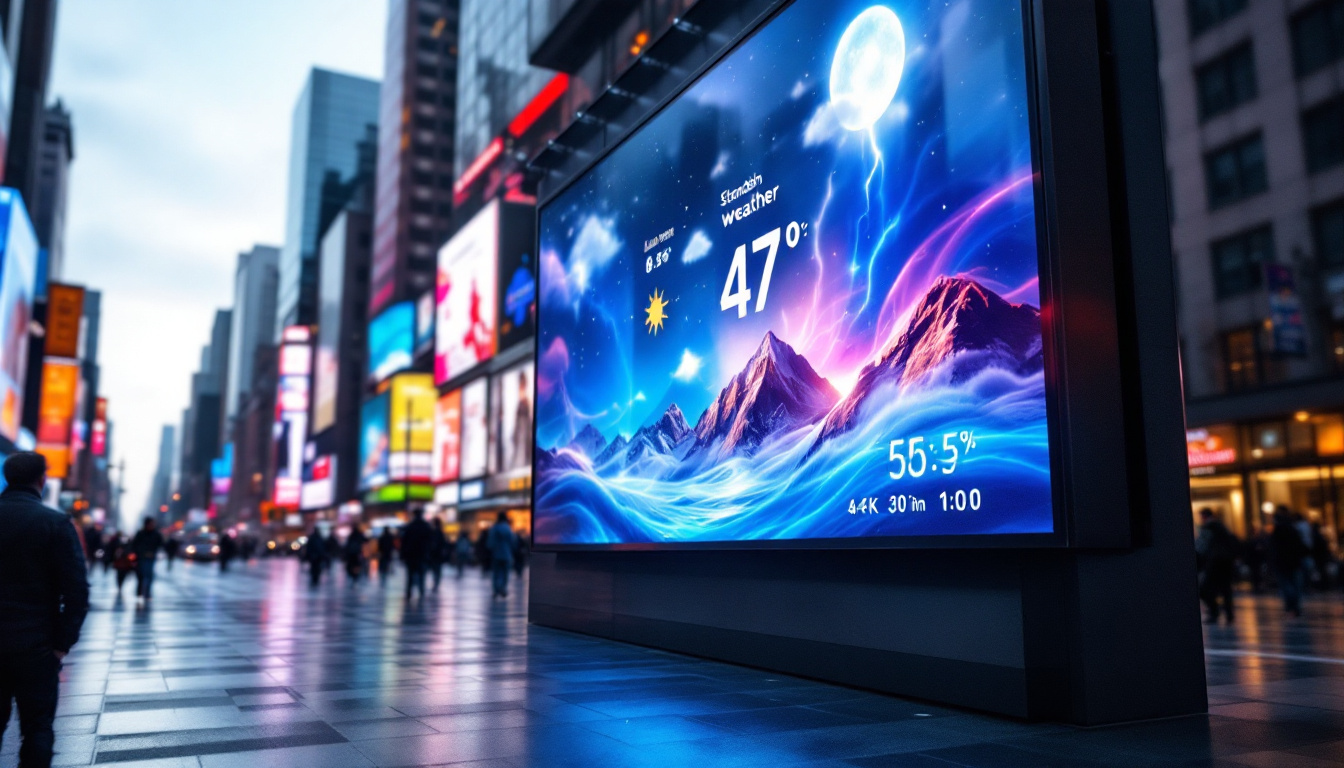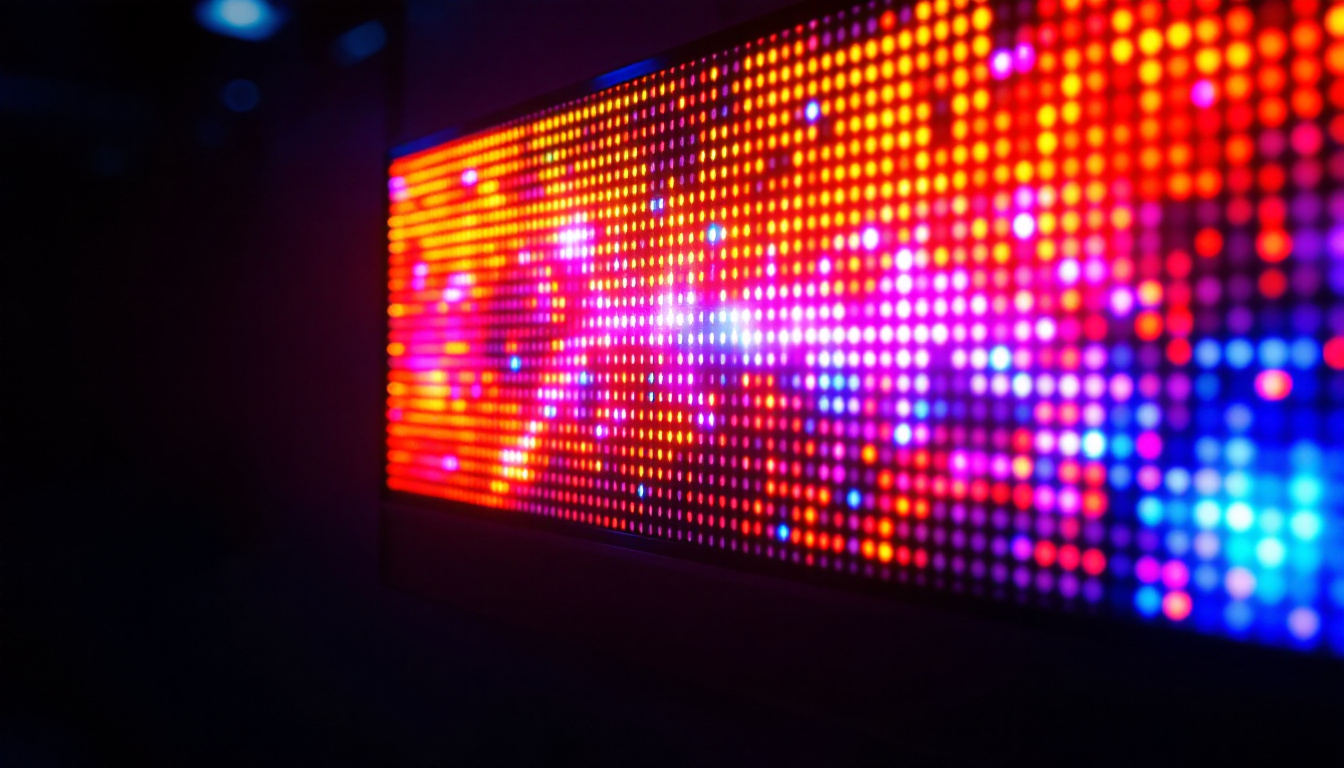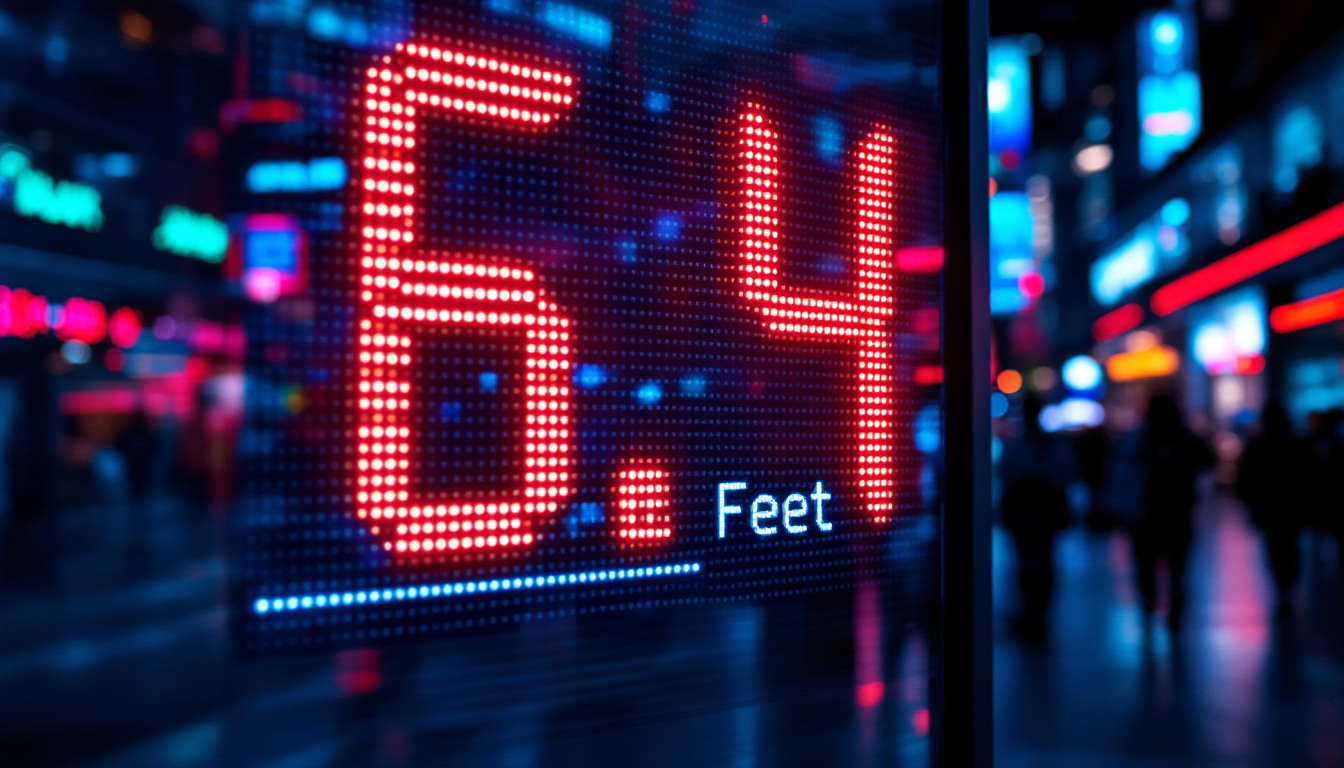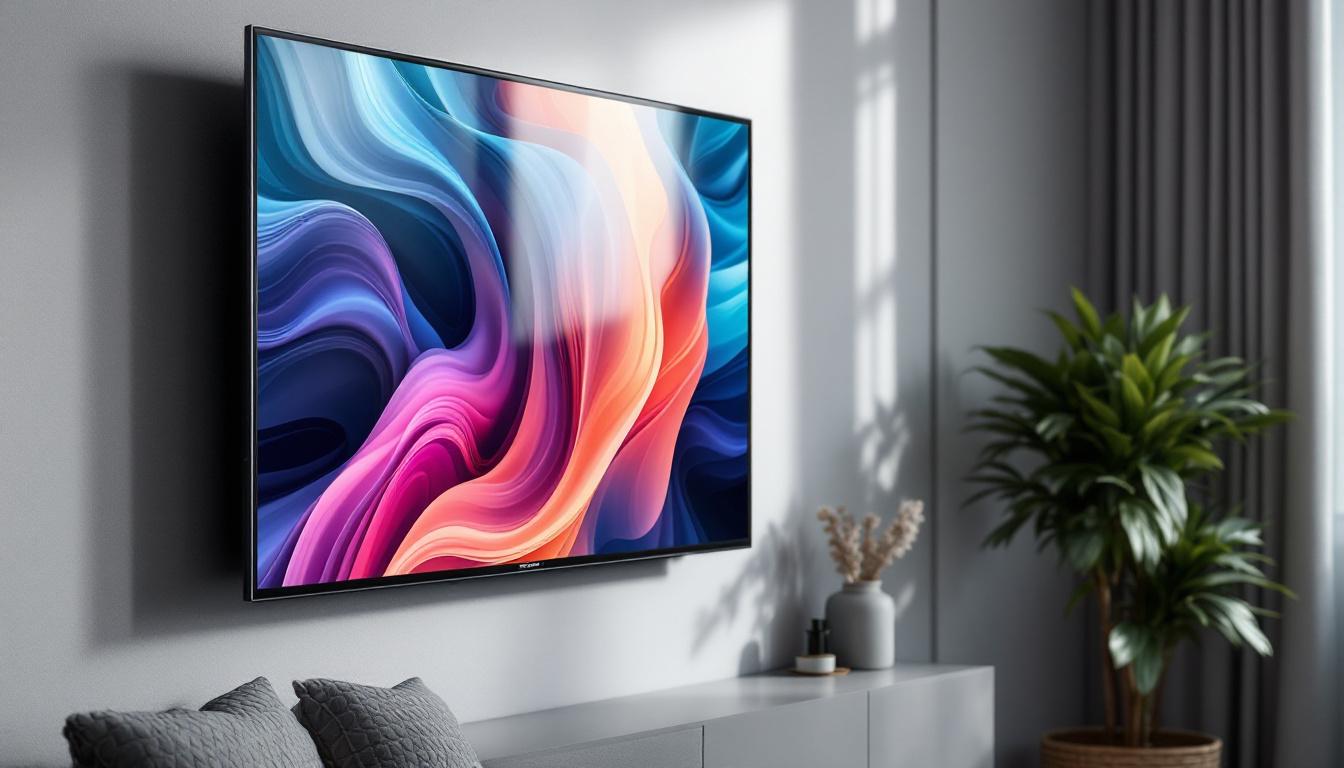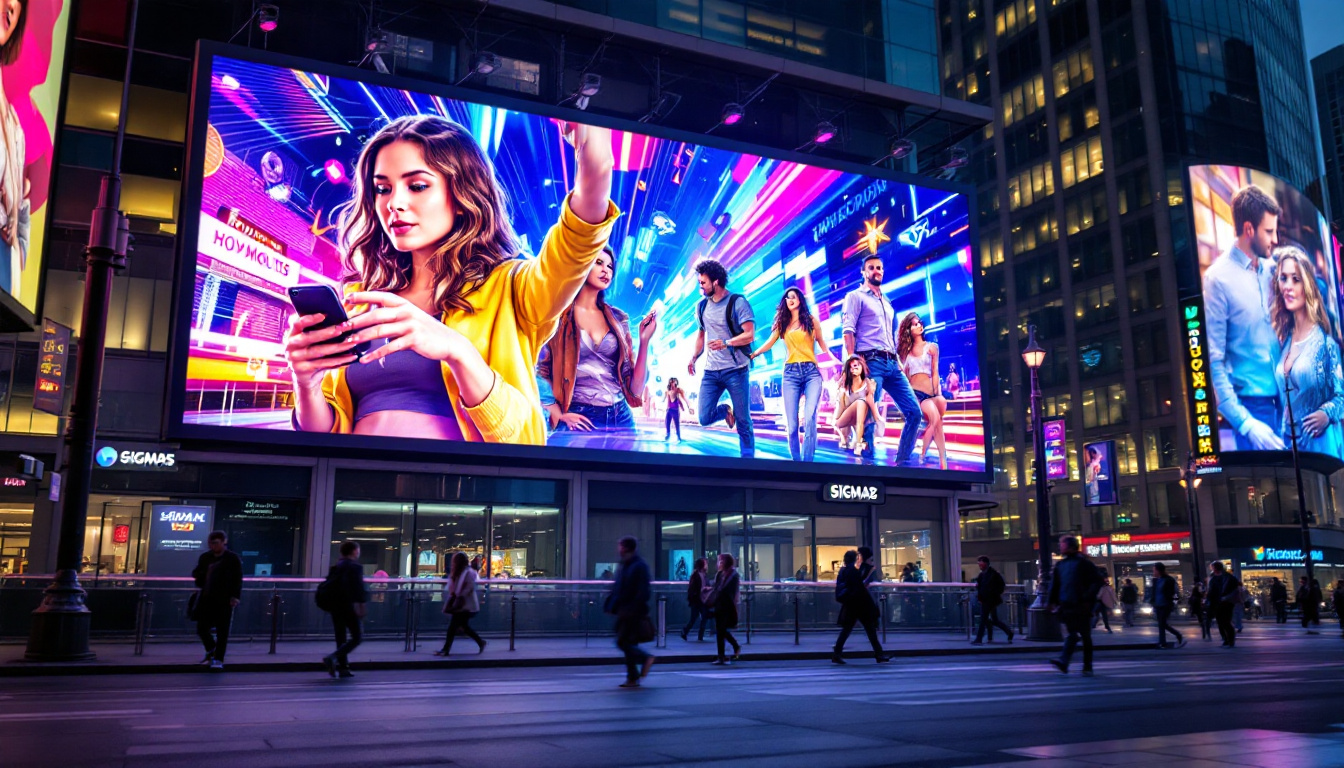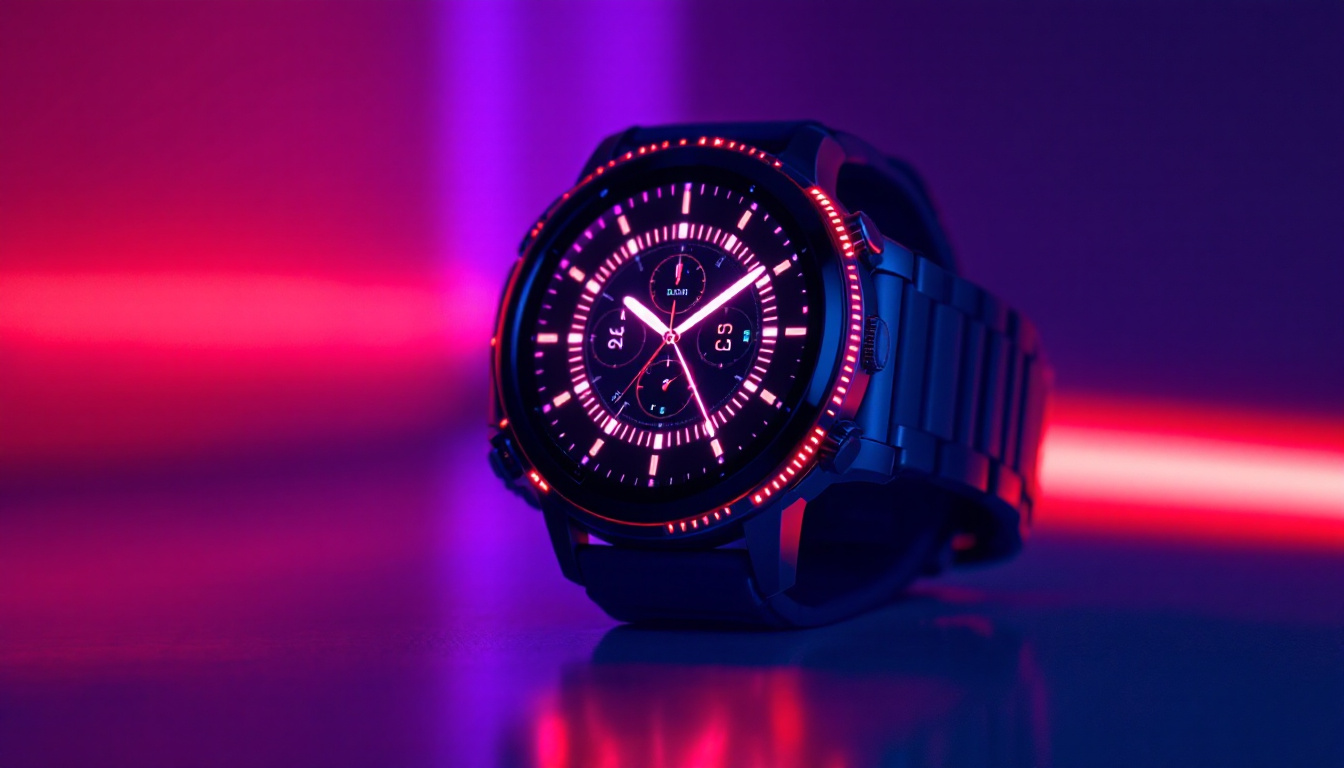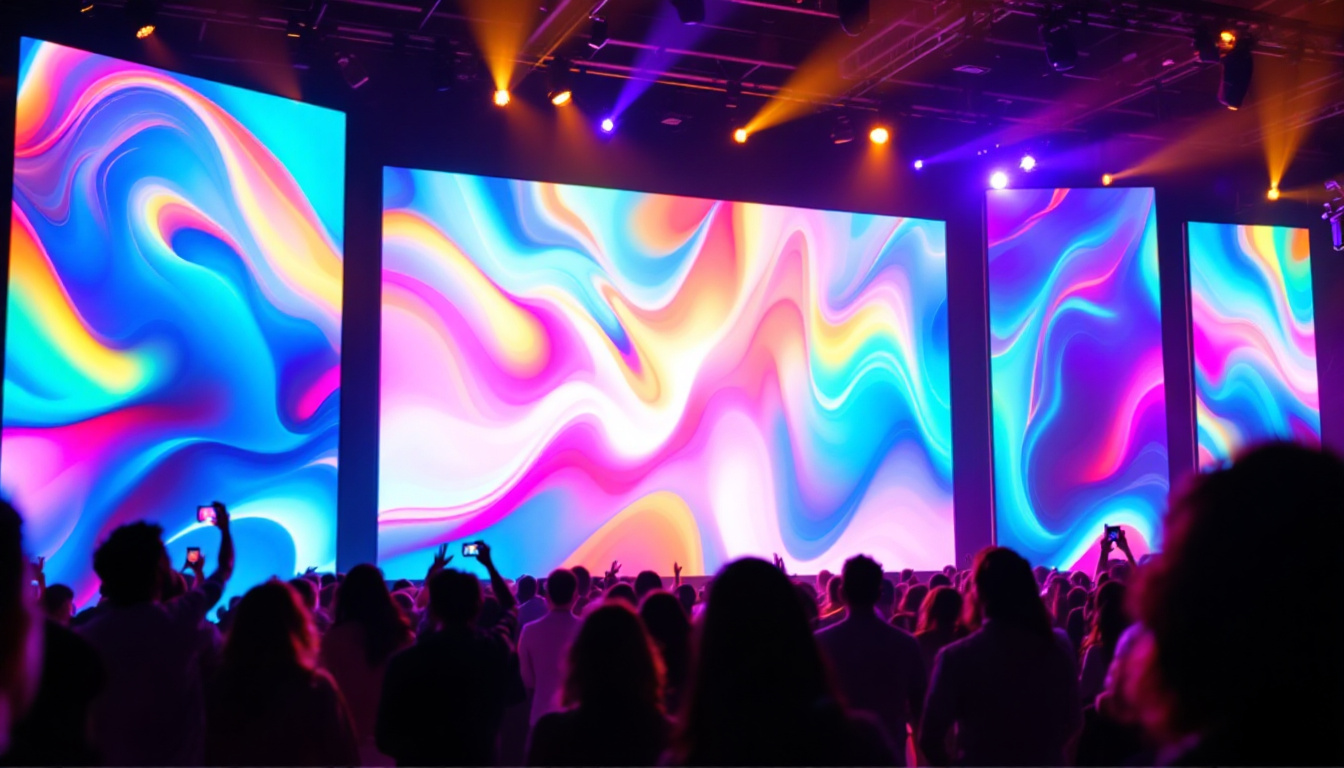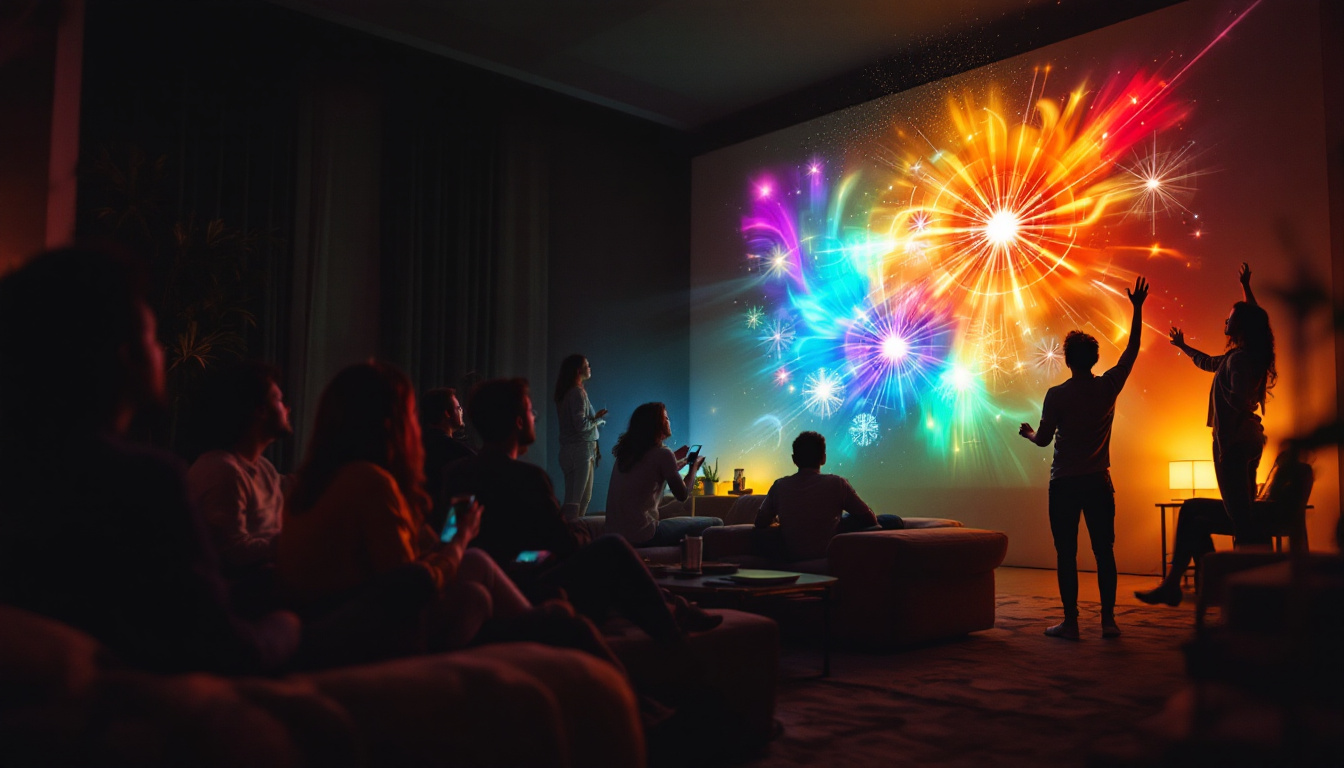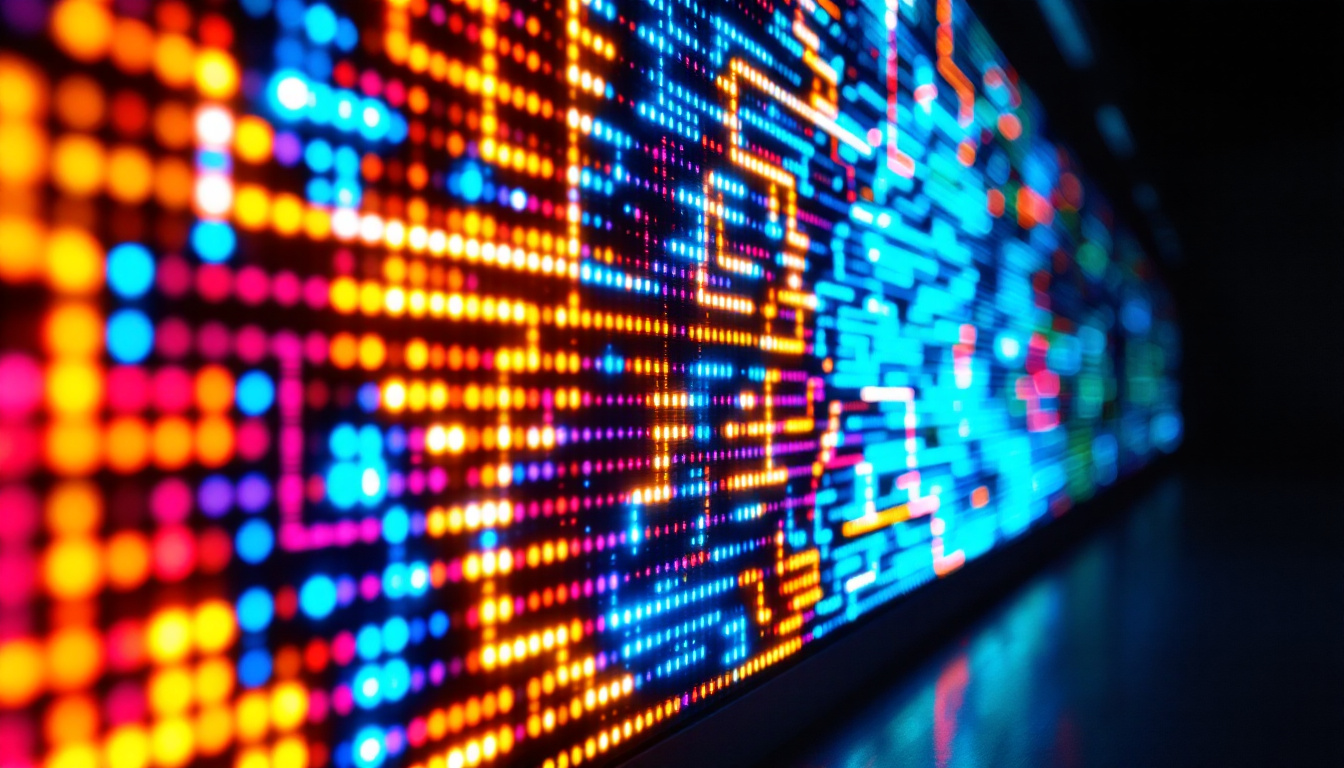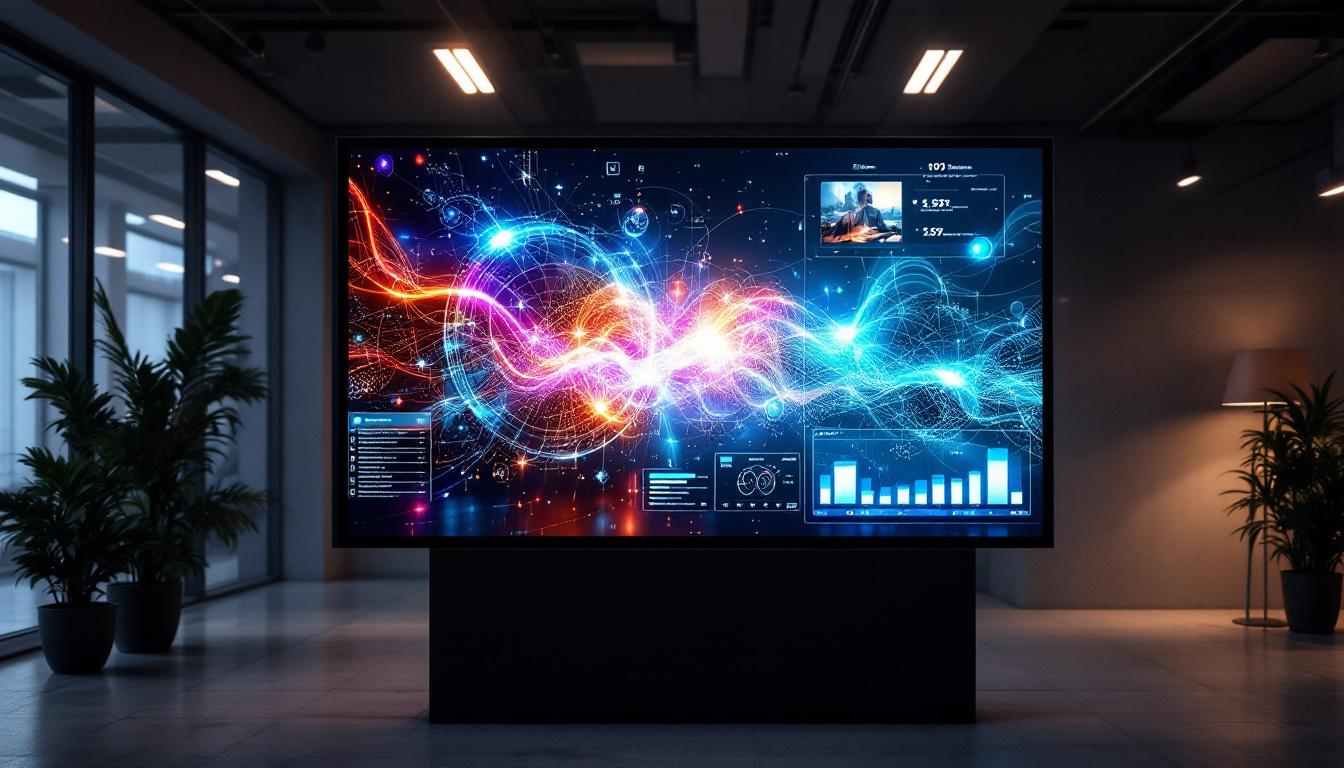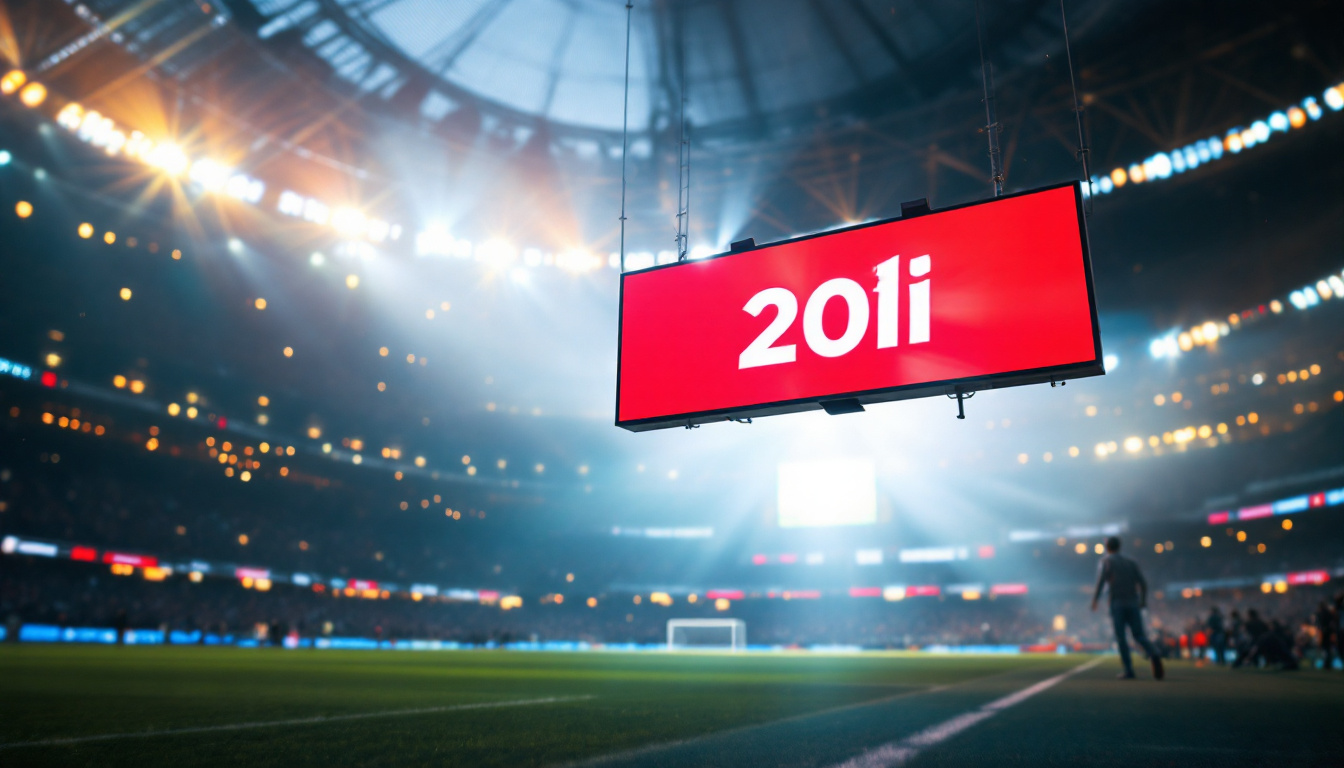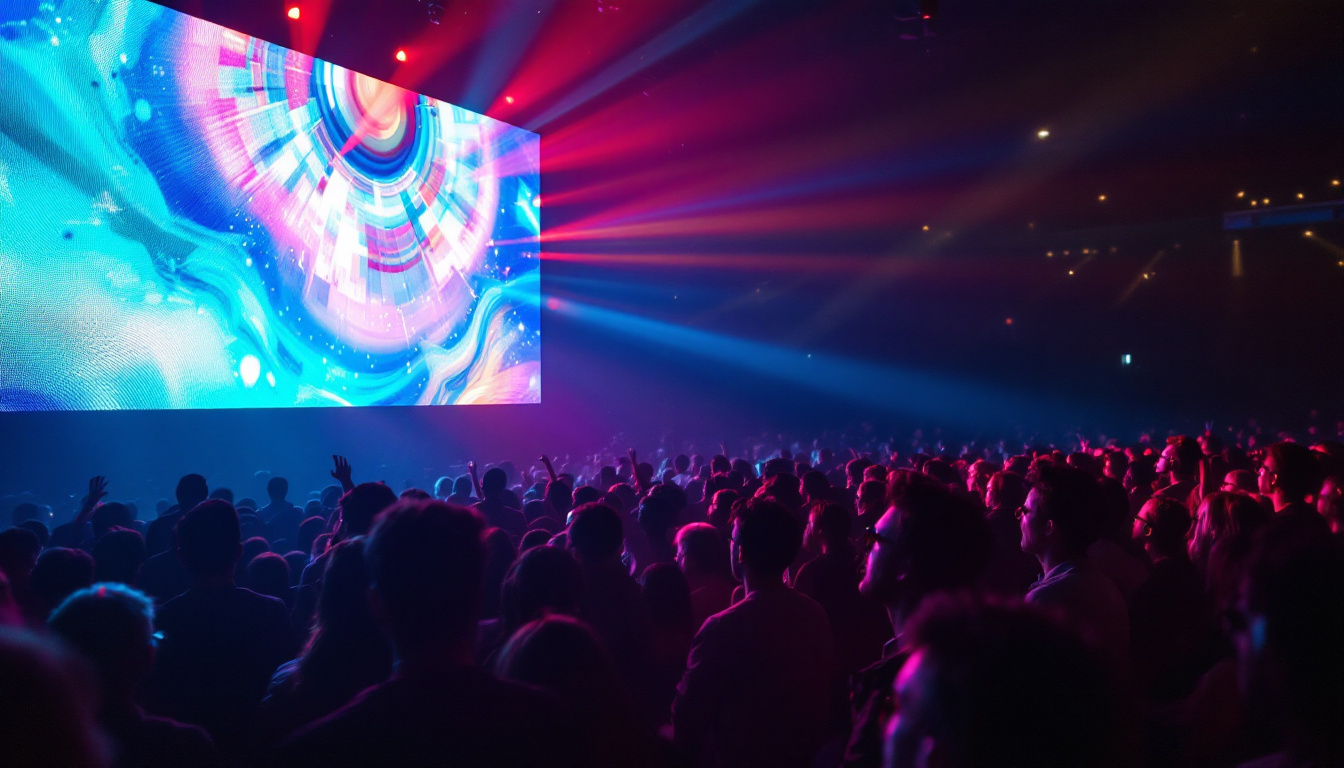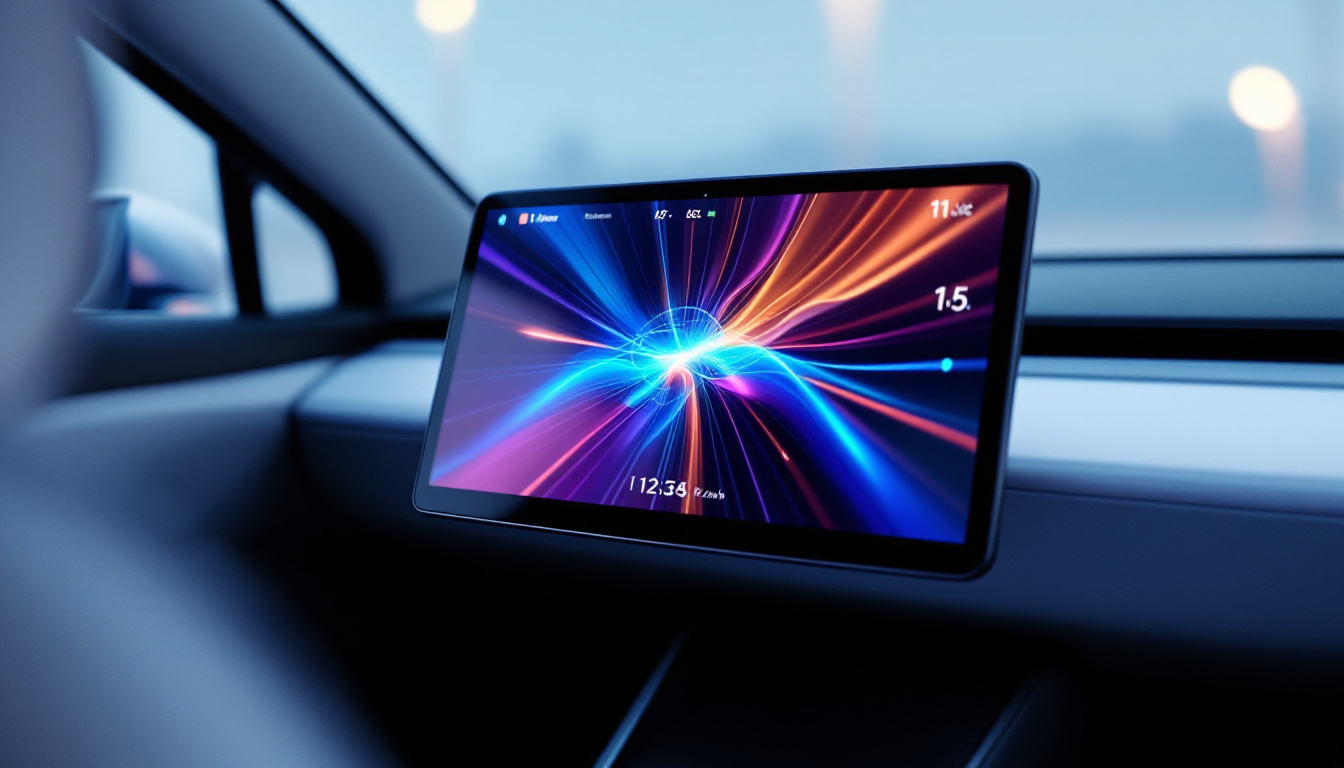In the world of advertising and information dissemination, outside LED display screens have emerged as a revolutionary tool. These vibrant displays not only grab attention but also convey messages in a dynamic and engaging manner. This article delves into the intricacies of outside LED display screens, exploring their technology, applications, advantages, and future trends.
Understanding LED Technology
Light Emitting Diodes (LEDs) have transformed the way visual content is presented. An LED is a semiconductor device that emits light when an electric current passes through it. This technology is at the heart of outside LED display screens, providing vivid colors and high brightness levels that are essential for outdoor visibility. The efficiency of LEDs also contributes to their popularity; they consume significantly less energy compared to traditional incandescent bulbs, making them an environmentally friendly choice. As a result, cities and businesses are increasingly adopting LED technology for signage and lighting solutions, leading to a reduction in energy costs and a smaller carbon footprint.
How LEDs Work
LEDs function based on electroluminescence, where electrons recombine with holes within the device, releasing energy in the form of photons. The color of the light emitted depends on the materials used in the semiconductor. For outdoor displays, red, green, and blue (RGB) LEDs are combined to create a full spectrum of colors. This RGB configuration allows for the creation of detailed images and videos, making them ideal for advertising and information sharing. Furthermore, advancements in LED technology have led to improvements in brightness and color accuracy, enabling displays to remain visible even in direct sunlight. This capability is crucial for outdoor environments where ambient light can often wash out less powerful displays.
Types of LED Displays
There are several types of LED displays available in the market, each designed for specific applications. The most common types include:
- Single Color Displays: These displays are typically used for simple text messages or basic graphics.
- Tri-Color Displays: Utilizing red, green, and yellow LEDs, these displays can present more complex messages.
- Full-Color Displays: These are the most advanced, capable of displaying high-resolution images and videos, making them suitable for advertising and entertainment.
In addition to these common types, there are also specialized LED displays designed for unique environments. For instance, outdoor digital billboards often feature weather-resistant designs to withstand harsh conditions, while indoor displays might prioritize high refresh rates for smooth video playback. Moreover, transparent LED displays are gaining traction in retail environments, allowing for creative advertising solutions without obstructing visibility. As the technology continues to evolve, we can expect to see even more innovative applications of LED displays in various sectors, from sports arenas to art installations, enhancing the way we experience visual media.
Applications of Outside LED Display Screens
Outside LED display screens are versatile and can be found in various environments, serving multiple purposes. Their applications range from advertising to public announcements, and they have become an integral part of urban landscapes.
Advertising and Marketing
One of the primary uses of outside LED displays is in advertising. Brands leverage these screens to showcase their products and services in high-traffic areas. The dynamic nature of LED displays allows for rotating advertisements, which can capture the attention of passersby more effectively than static billboards.
Moreover, the ability to change content in real-time enables marketers to tailor messages based on time of day, weather conditions, or current events, enhancing engagement and relevance. This adaptability not only maximizes the impact of advertising campaigns but also allows brands to respond swiftly to market trends, ensuring their messaging is always fresh and aligned with consumer interests. For example, a coffee shop might promote a warm beverage during chilly mornings while highlighting iced drinks as the temperature rises in the afternoon.
Public Information and Safety
Outside LED displays play a crucial role in disseminating important public information. They are commonly used for traffic updates, emergency alerts, and event announcements. For instance, cities often deploy LED screens to inform drivers about road conditions or to alert citizens during emergencies.
Additionally, these displays can be instrumental in promoting community events, enhancing civic engagement, and fostering a sense of community among residents. By displaying local news, weather forecasts, and upcoming events, LED screens serve as a digital bulletin board that keeps the public informed and connected. In some areas, they even feature interactive elements, allowing citizens to submit their own announcements or feedback, thereby creating a two-way communication channel that strengthens community ties.
Entertainment and Events
In the realm of entertainment, outside LED displays are frequently used in concerts, sports events, and festivals. These screens provide audiences with enhanced viewing experiences, displaying live feeds, highlights, and interactive content. The immersive nature of LED displays can significantly elevate the overall atmosphere of an event.
Furthermore, LED screens can be utilized for creative storytelling, where visuals are synchronized with music or performances to create a captivating experience. For instance, at a music festival, the backdrop of an LED screen can transform into a vibrant visual narrative that complements the artist’s performance, drawing the audience deeper into the experience. Additionally, event organizers can use these displays for real-time audience engagement, such as live polls or social media feeds, encouraging attendees to interact and share their experiences, which can further amplify the event’s reach and impact.
Advantages of Outside LED Display Screens
The popularity of outside LED display screens can be attributed to their numerous advantages over traditional advertising methods. These benefits contribute to their growing adoption across various sectors.
High Visibility and Brightness
One of the standout features of LED displays is their exceptional brightness. Unlike traditional displays, which may become washed out in sunlight, LED screens maintain their visibility even in direct sunlight. This high brightness ensures that messages are easily readable from a distance, making them ideal for outdoor settings.
Energy Efficiency
LED technology is known for its energy efficiency. Compared to traditional lighting solutions, LED displays consume significantly less power while providing superior brightness. This not only reduces operational costs but also minimizes the environmental impact, making them a sustainable choice for businesses.
Durability and Longevity
Outside LED display screens are designed to withstand harsh weather conditions, including rain, snow, and extreme temperatures. Their robust construction ensures longevity, reducing the need for frequent replacements or repairs. This durability makes them a cost-effective investment for businesses looking to enhance their advertising efforts.
Challenges and Considerations
While outside LED display screens offer numerous benefits, there are also challenges and considerations that need to be addressed. Understanding these factors is crucial for businesses and organizations looking to invest in this technology.
Initial Cost and Investment
The initial investment for outside LED display screens can be significant. The cost of purchasing and installing these displays may deter some businesses, especially small enterprises. However, it is essential to consider the long-term benefits and potential return on investment that these displays can offer through increased visibility and engagement.
Regulatory Compliance
Many regions have specific regulations governing the use of outdoor advertising, including LED displays. Businesses must ensure compliance with local laws regarding size, brightness levels, and content. Navigating these regulations can be complex, and failure to comply may result in fines or removal of the display.
Content Management
Effective content management is crucial for maximizing the impact of outside LED displays. Businesses need to develop engaging and relevant content that resonates with their target audience. Additionally, managing content across multiple displays can be challenging, requiring a robust content management system to streamline operations.
Future Trends in Outside LED Displays
The future of outside LED display screens looks promising, with several emerging trends poised to shape the industry. Innovations in technology and changing consumer behaviors are driving these trends.
Smart LED Displays
As technology advances, the integration of smart features into LED displays is becoming more prevalent. Smart LED displays can incorporate sensors, cameras, and connectivity options, allowing for real-time data collection and interaction with audiences. This interactivity can enhance user engagement and provide valuable insights for businesses.
Integration with Augmented Reality (AR)
Augmented reality is set to revolutionize the way outdoor advertising is experienced. By integrating AR technology with LED displays, businesses can create immersive experiences that blend digital content with the physical world. This innovative approach can captivate audiences and create memorable interactions.
Eco-Friendly Solutions
With growing concerns about environmental sustainability, the demand for eco-friendly LED displays is on the rise. Manufacturers are exploring ways to reduce the environmental impact of production and disposal. This includes using recyclable materials and developing energy-efficient technologies that minimize power consumption.
Conclusion
Outside LED display screens have become a vital component of modern advertising, public information dissemination, and entertainment. Their ability to deliver high-quality visuals in various environments makes them an attractive option for businesses and organizations. While challenges exist, the advantages and future trends indicate a bright outlook for this technology.
As the industry continues to evolve, embracing innovations such as smart features and AR integration will be essential for staying competitive. Ultimately, outside LED displays are not just a trend; they represent a significant shift in how messages are communicated in the public sphere.
In a world where capturing attention is increasingly challenging, outside LED display screens offer a dynamic solution that can engage audiences and drive results. As technology progresses, these displays will undoubtedly play an even more prominent role in shaping the future of advertising and communication.
Illuminate Your Message with LumenMatrix
As you consider the transformative power of outside LED display screens for advertising, public information, or entertainment, LumenMatrix stands at the forefront of this technology. Our commitment to innovation ensures that each LED display module we create—from Indoor and Outdoor LED Wall Displays to specialized solutions like Vehicle LED Displays and LED Sports Displays—delivers unparalleled visual impact. Embrace the future of visual communication with our diverse range of products, including the captivating LED Transparent Display and the versatile All-in-One LED Display. Enhance your brand’s presence and captivate your audience with clarity and creativity. Check out LumenMatrix LED Display Solutions today and see how we can help you share your message with the world.

